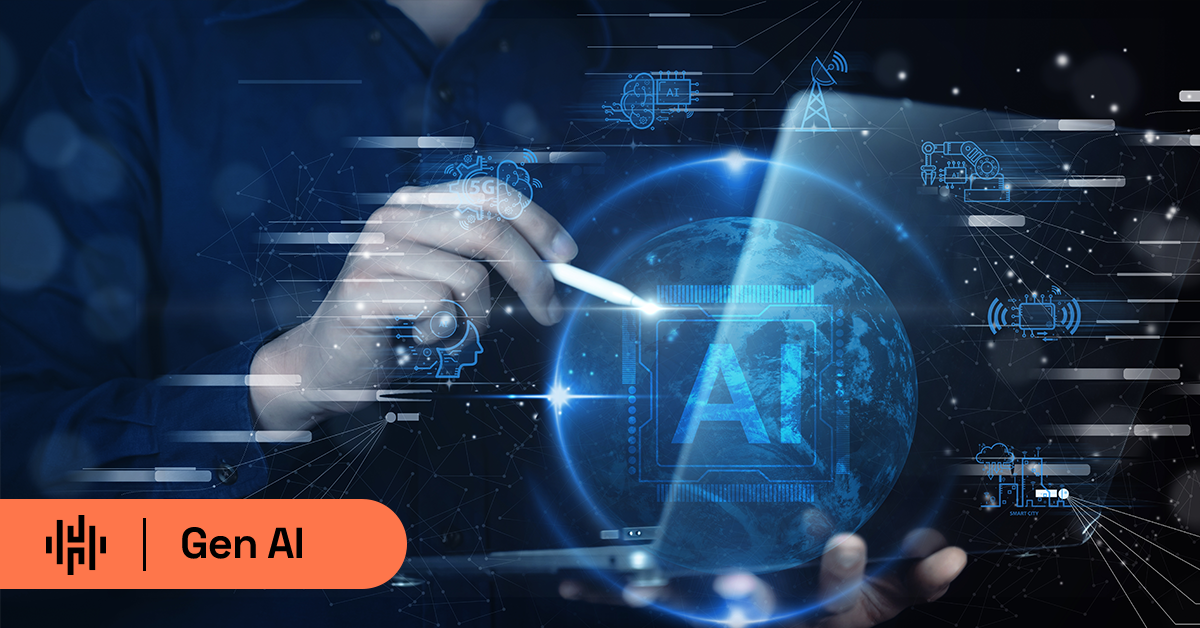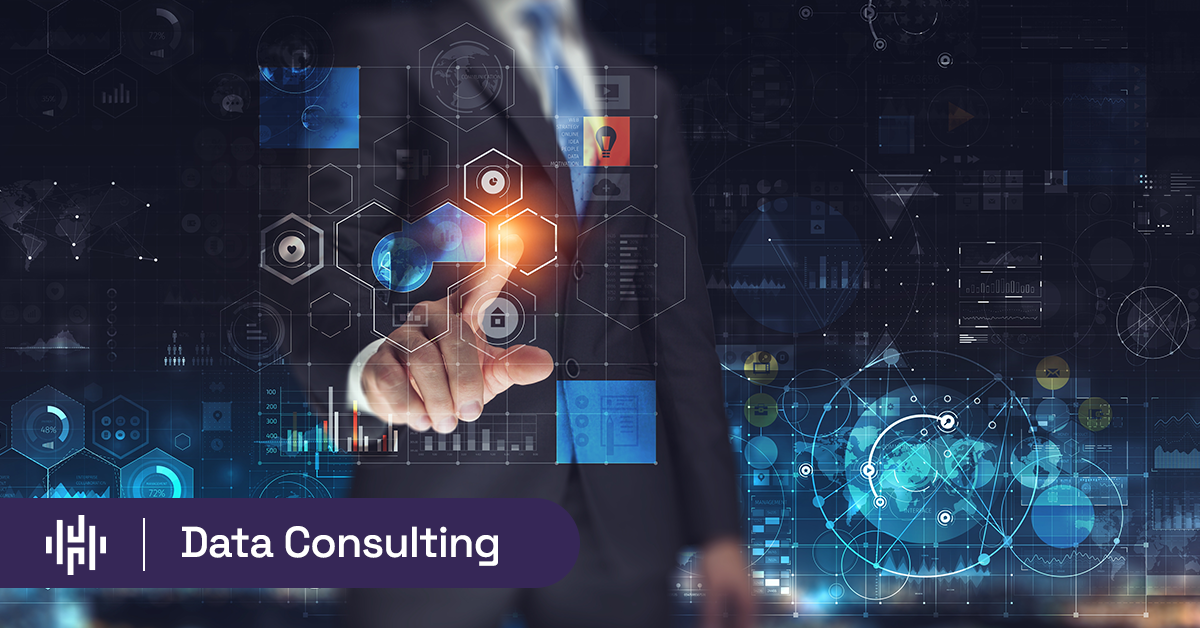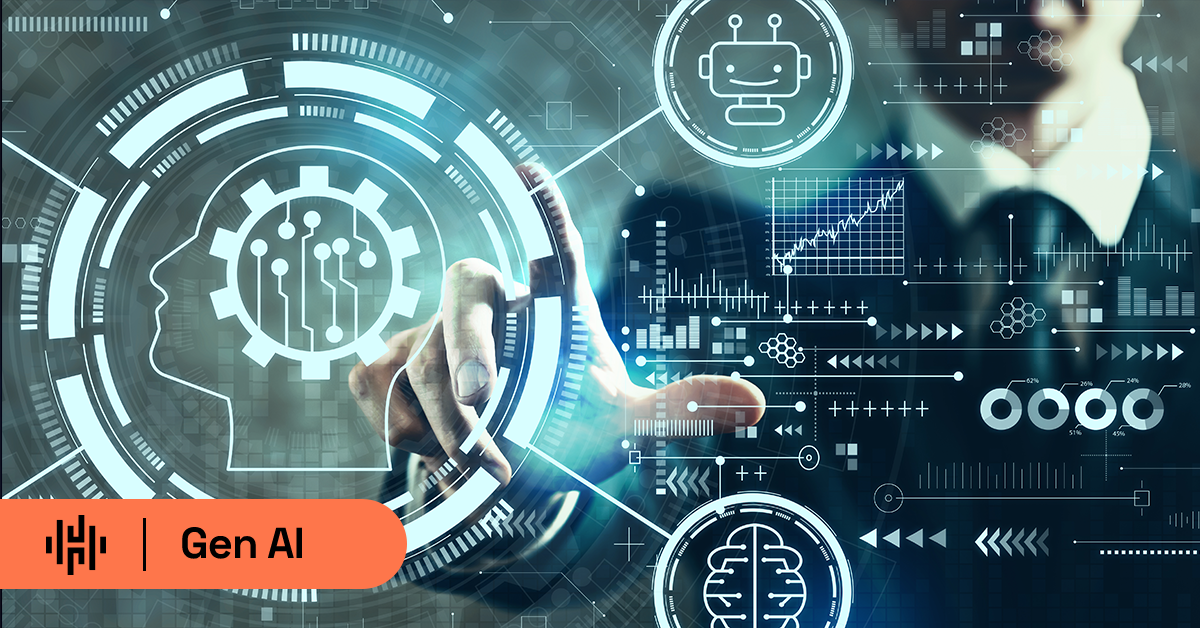Much of the buzz surrounding artificial intelligence at this year’s Snowflake Summit concerned the tremendous potential of agentic AI—a more autonomous form of automation that goes beyond the limitations of generative AI to transform workflows from within.
As compared to generative AI, which depends on human prompts to generate content, agentic AI actively initiates sophisticated data functions all on its own, orchestrating analytics, invoking tools across platforms, interacting with users through LLMs, and adapting to business contexts.
These capabilities give agentic AI the power to get the most out of the modern data stack, using highly sophisticated automation within centralized data cloud platforms to streamline the time- and resource-intensive work that bogs down human data teams.
These data team members are empowered to better allocate their times and energies, while decision-makers are empowered with better, more up-to-date data.
In this article, we’ll discuss four takeaways about agentic AI from this year’s Snowflake Summit, to help you better understand how this technology is being used to drive innovation in the current dataspace.
1. Unified Data Environments are Crucial to Ensuring Agentic AI Thrives
Agentic AI thrives on architectural simplicity, powered by unified data environments and zero-copy architectures.
Platforms like Snowflake enable real-time, bi-directional data access without duplication, allowing agents to work with the freshest information across analytics, BI, and data science tools.
These agents embed directly into workplace tools like Microsoft Teams, where users can query data using natural language.
Drawing on semantic models and visualization tools, agents not only deliver insights but also trigger actions, automate workflows, and continuously improve through feedback.
These capabilities can only be properly leveraged when data is effectively unified through centralized data platforms such as a Snowflake.

2. Agentic AI Empowers Human Data Teams to Do the Work Only They Can Do
Agentic AI empowers both data teams and business users by making analytics more accessible and efficient.
Natural language interfaces, intelligent semantic layers, and tools like Snowflake Cortex enable non-technical users to explore data independently, reducing the burden on data professionals and fostering a stronger data-driven culture.
With support for structured and unstructured data, agents can extract insights from documents, images, and more—automating workflows and surfacing relevant information.
Whether built with no-code tools or custom APIs, these agents operate securely within defined governance frameworks, helping organizations move faster while maintaining trust and control.
As with any good AI tool, agentic AI does the work that human beings cannot do efficiently, operating within parameters designed by data teams to make their work easier.
3. Agentic AI Can Go Where Other Forms of Automation Cannot, Thanks to Visual Intelligence
Agentic AI is transforming automation through visual intelligence.
Tools like LandingLens let industries deploy agents for quality assurance, inspections, and supply chain monitoring—using drag-and-drop labeling, one-click training, and edge deployment without deep ML expertise. These agents handle everything from model selection to ongoing learning.
Agents also excel at document understanding, treating files as visual objects and using layout-aware extraction to interpret and trace data points.
This enables transparent, auditable workflows that bridge the gap between physical processes and digital intelligence.
4. Scalable, Secure Data Ecosystems Empower Agentic AI to Transform Workflows
Governance and security are essential to the success of agentic AI. Tools like Snowflake Cortex can provide semantic modeling, synonym mapping, and access controls to ensure agents operate accurately and safely. These guardrails let business users explore data confidently while keeping sensitive workflows protected.
With role-based access, observability tools, and support for private deployments, agentic systems remain secure and auditable. Real-time data pipelines via OpenFlow and standards like Apache Iceberg and Polaris enable trusted, scalable AI across structured and unstructured data. In other words, with the right data environment, agentic AI can do transformative work with organizational data, while maintaining scalability and security.

Agentic AI Signals a New Approach to Automation
Agentic AI is not just hype, though the buzz at Snowflake Summit 2025 was palpable.
Agentic AI is, rather, a strategic transformation of enterprise operations in which LLM-powered agents interpret, act, and evolve alongside human collaborators.
As unified platforms, semantic models, and real-time connectors bring fragmented data under one roof, the foundations for agentic intelligence are falling into place.
The organizations that invest now—both in their data infrastructure and in their AI maturity—are positioning themselves to lead in a world where intelligence isn’t just available. It’s actionable.
If your organization is ready to tap into the incredible capabilities that agentic AI makes possible, let’s talk today about how Hakkoda can help you build the data environment you need to harness the transformative potential of cutting-edge automation.




